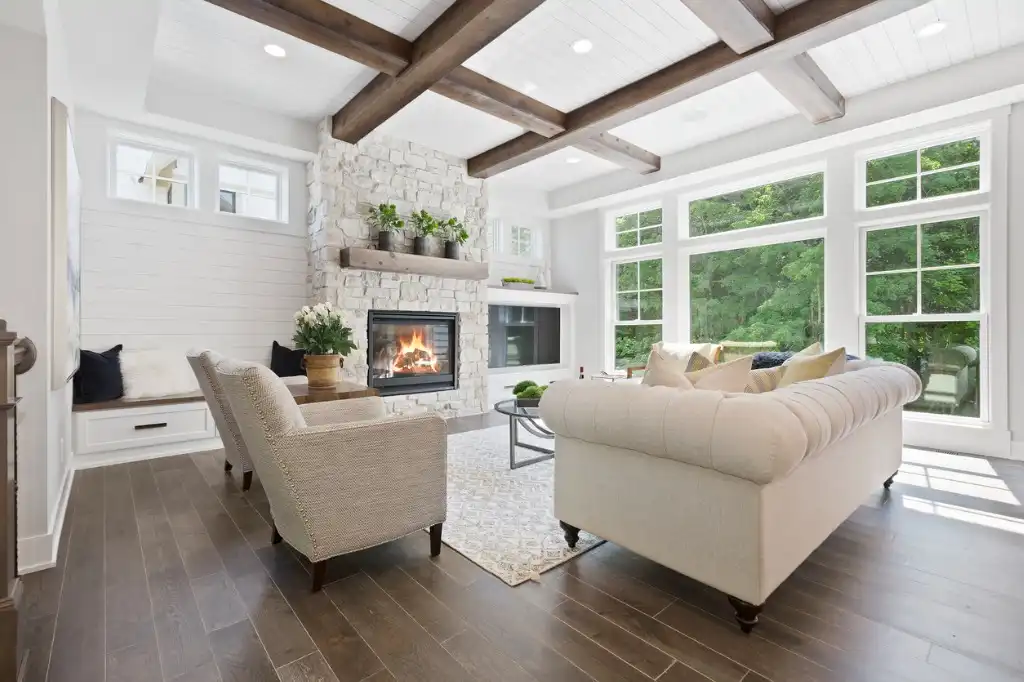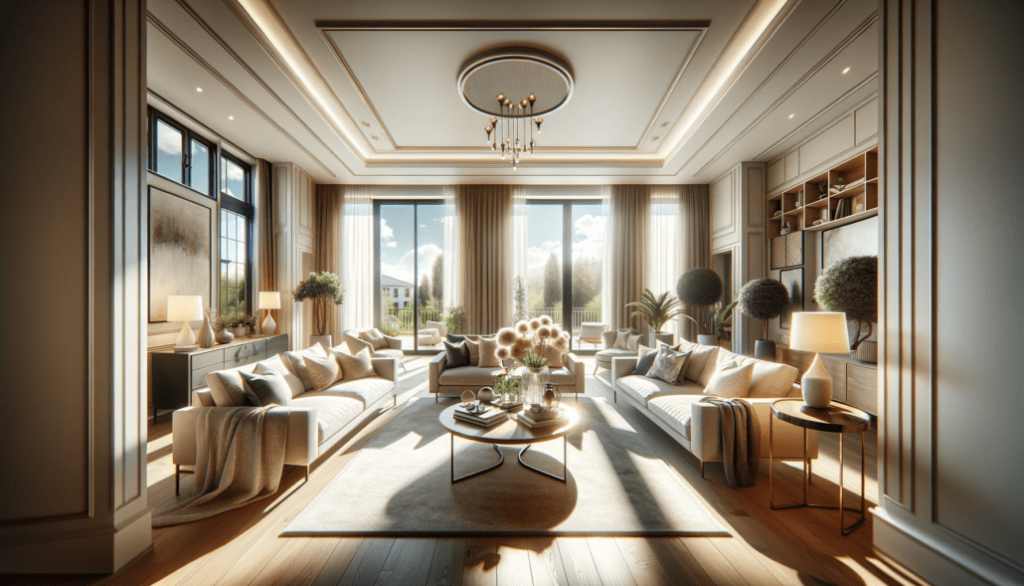Capturing the essence of a property through photography requires a keen eye and an understanding of lighting, particularly natural light. Natural light can make a significant difference in showcasing a property’s true beauty and creating inviting, vibrant images. Here are some essential tips for using natural light to achieve perfect real estate photography.
1. Choose the Right Time of Day
The quality and direction of natural light change throughout the day. For indoor real estate photography, the best time to shoot is during the “golden hours”—shortly after sunrise and before sunset. During these times, the light is soft and warm, reducing harsh shadows and providing a flattering glow.
For exterior shots, late morning and late afternoon can also be ideal, as the sun is high enough to illuminate the property without casting long shadows.
2. Open Curtains and Blinds
Maximize the amount of natural light entering a room by opening all curtains and blinds. This allows sunlight to flood the space, making it look brighter and more inviting. Avoid photographing directly into the windows, as this can create backlighting issues. Instead, position yourself at an angle to the windows to capture the light streaming into the room.

3. Use Reflectors and Diffusers
Reflectors and diffusers are useful tools for controlling natural light. A reflector can bounce light into darker areas of a room, ensuring even illumination. A white sheet or a purpose-built reflector can work effectively. Diffusers, such as sheer curtains or diffusion panels, soften harsh sunlight and prevent overexposure.
4. Adjust for Different Light Sources
Natural light varies from room to room and can create mixed lighting conditions. When photographing interiors, turn off artificial lights to avoid color temperature mismatches. Relying solely on natural light ensures consistent color and avoids the yellow or blue tints that artificial lights can produce.
5. Mind the Weather
The weather plays a crucial role in natural light photography. Overcast days provide soft, diffused light, which is perfect for reducing shadows and creating even lighting across the property. Sunny days can offer vibrant and dynamic lighting but may require careful management of shadows and highlights. Plan your shoot according to the weather to achieve the desired lighting effect.
6. Use HDR Techniques
High Dynamic Range (HDR) photography is a technique that combines multiple exposures to capture a wide range of light and detail in a scene. This is particularly useful in real estate photography, where you often have bright windows and darker interiors. By blending multiple exposures, HDR ensures that both highlights and shadows are well-exposed, resulting in a balanced and detailed image.
7. Position Yourself Strategically
Your position relative to the light source can greatly impact the quality of your photos. When photographing a room, position yourself so that the natural light is coming from behind or to the side. This will help illuminate the space evenly and avoid backlighting issues. For exterior shots, try different angles to see how the light interacts with the property’s architecture and landscape.
8. Edit Thoughtfully
Post-processing is an essential part of real estate photography. Use editing software to enhance the natural light in your photos. Adjust brightness, contrast, and white balance to ensure that the images look natural and inviting. Be careful not to over-edit, as this can result in unrealistic images. The goal is to enhance the natural beauty of the property while maintaining authenticity.
Conclusion
Natural light is a powerful tool in real estate photography, capable of transforming ordinary spaces into warm and inviting environments. By understanding how to harness and control natural light, you can create stunning images that highlight a property’s best features. Whether you’re a seasoned photographer or just starting out, these tips will help you master the art of using natural light for perfect real estate photography.

